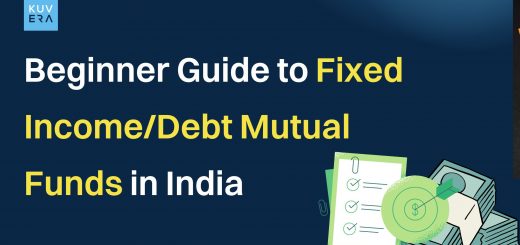When markets take a downturn the question we often get is: How bad can it get? Several experts have looked at what has happened historically in similar cases. And while one can make a case that history doesn’t repeat itself, it sure does rhyme.
So, what does the data say? In the 2008 global financial crisis, the Nifty 50 index fell 60 per cent from its previous all-time highs. Similarly, in the dot com crash of 2000, the Nifty50 index fell over 50 per cent from its previous highs. The 1990s were especially brutal for the Indian markets. There were at least three different episodes where the Nifty 50 index fell 40 per cent or more from its previous high. If we look at all trading days, there is a 60 per cent chance that Nifty50 will be trading 10 per cent or more below its previous all-time highs.
International investments are no different. Take S&P 500 for instance. During the 1929-32 Great Depression, S&P 500 fell a whopping 84 per cent from its peak. The fall was so bad that it took S&P 500 22 years (in 1954) to regain its 1929 peak. In the 151 years of data that we have of S&P 500, there have been 14 instances where it has fallen 20 per cent or more from the previous peak.
Taken in isolation, the data looks scary. Even more so because we are wired differently to think about losses than we think about gains. In their seminal work on prospect theory and loss aversion, Nobel prize winner Kahneman and co-author Tversky proposed that people feel more pain in losing an amount than the joy they would feel by winning the same amount. In some instances, they found the multiplier to be 2x, so the pain of losing Rs 1,00,000 could only be compensated by the joy of Rs 2,00,000 gain.
In this context, just thinking of losses or drawdown in isolation can create a sense of fear as theoretically at any point you can lose your entire investment corpus. And what Kahneman and Tversky tell us is that fear is a bigger motivator than greed.

The term that the market uses is capitulation. It is that point where a large number of market participants cannot bear the losses anymore and sell in unison to preserve whatever capital is left in their investment portfolios. With the benefit of hindsight, we do know that these are some of the best times of buying equity funds and give handsome returns in the medium to long term. One has to only look at the example of buying during the 2008-09 global financial crisis or more recently of buying during the 2020 pandemic lows. But what about smaller drawdowns like say 10 per cent. For Nifty 50 that data is very encouraging.
If you religiously bought a 10 per cent drawdown in Nifty 50, then on average you would be up 21 per cent a year later with two-thirds of those investments making you money in a year. Of course, in 2008, if you bought the Nifty 50 when it was down 10 per cent, you would have to endure a further 50 per cent decline before the market bounced back to a decade-plus long rally. Similarly, if you chose to wait and bought Nifty 50 when it is down 20 per cent from the all-time high, then your average return after one year would be 27 per cent.
As an investor, retrain your brain to think in terms of expected gains in the future rather than the pain of realised losses. A drawdown of 10 per cent or 20 per cent or more will then look like a great opportunity to add to your equity funds in a measured way. The simplest way to implement this mental fortitude is to sign up for an asset allocation-based investment process and never break it.
Say, for example, you have invested 60 per cent in equity and 40 per cent in debt. In a drawdown, your equity funds will fall more and your asset allocation will move away from 60 per cent in equity and 40 per cent in debt to something like 50 per cent in equity and 50 per cent in debt. To go back to your initial asset allocation, you will then have to sell some debt funds in your portfolio to buy equity funds. You will buy equity exactly when the expected returns of equity are also increasing and that will enforce your expected gain-seeking behaviour over the fear of realised losses. Re-thinking what a market decline or a bear market means for future expected returns and implementing it via an asset allocation framework will help you make better investing decisions.
Happy investing!
——
This article was first published on The Free Press Journal.
Interested in how we think about the markets?
Read more: Zen And The Art Of Investing
Watch on YouTube:
Start investing through a platform that brings goal planning and investing to your fingertips. Visit kuvera.in to discover Direct Plans and start investing today.
#MutualFundSahiHai, #KuveraSabseSahiHai!












Syed Tanvir Chistie
June 13, 2022 AT 22:42
Great article Sir, we should have the resilience to hold and wait for opportunities in a bearish market. Thanks a lot Sir.